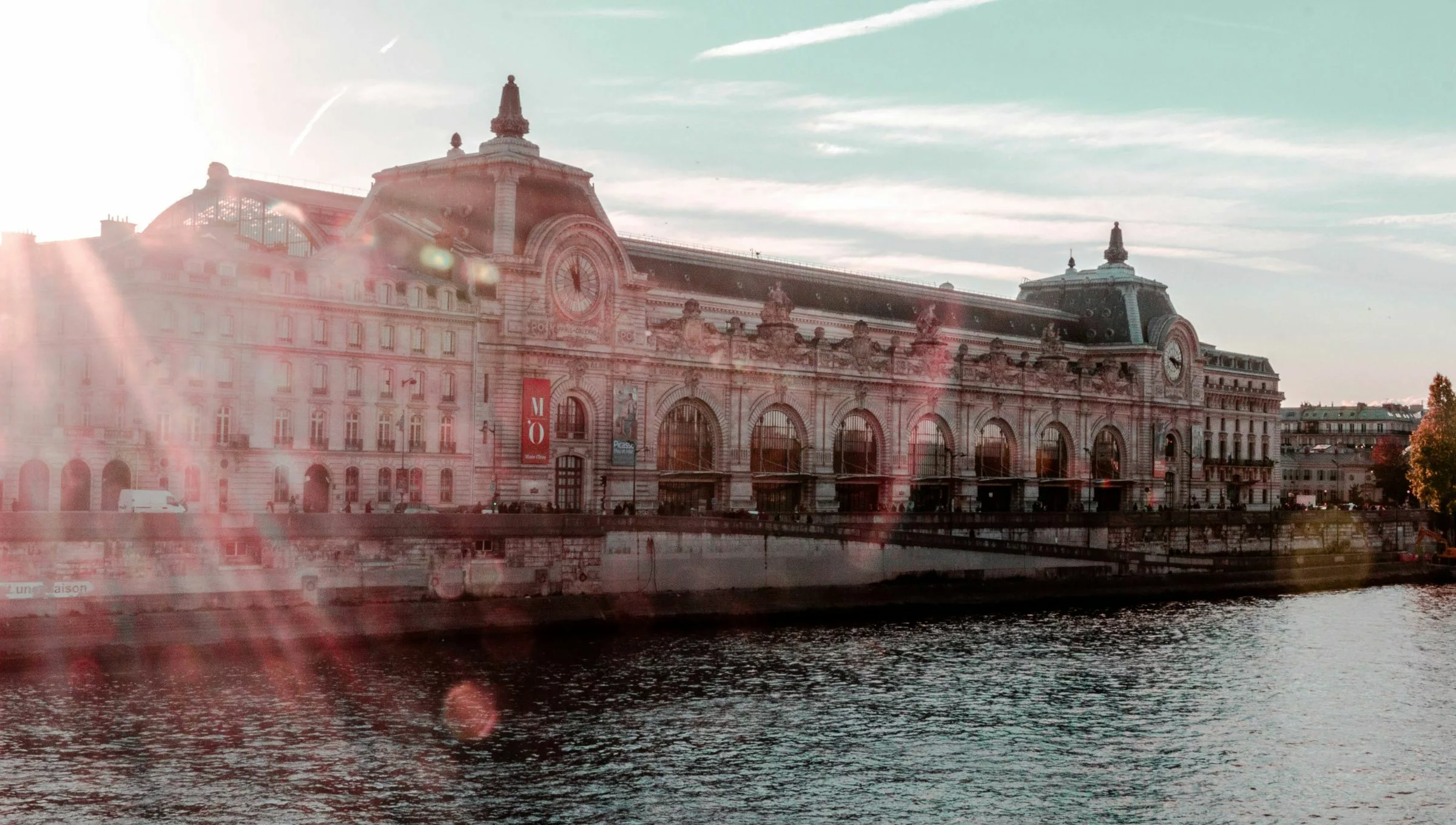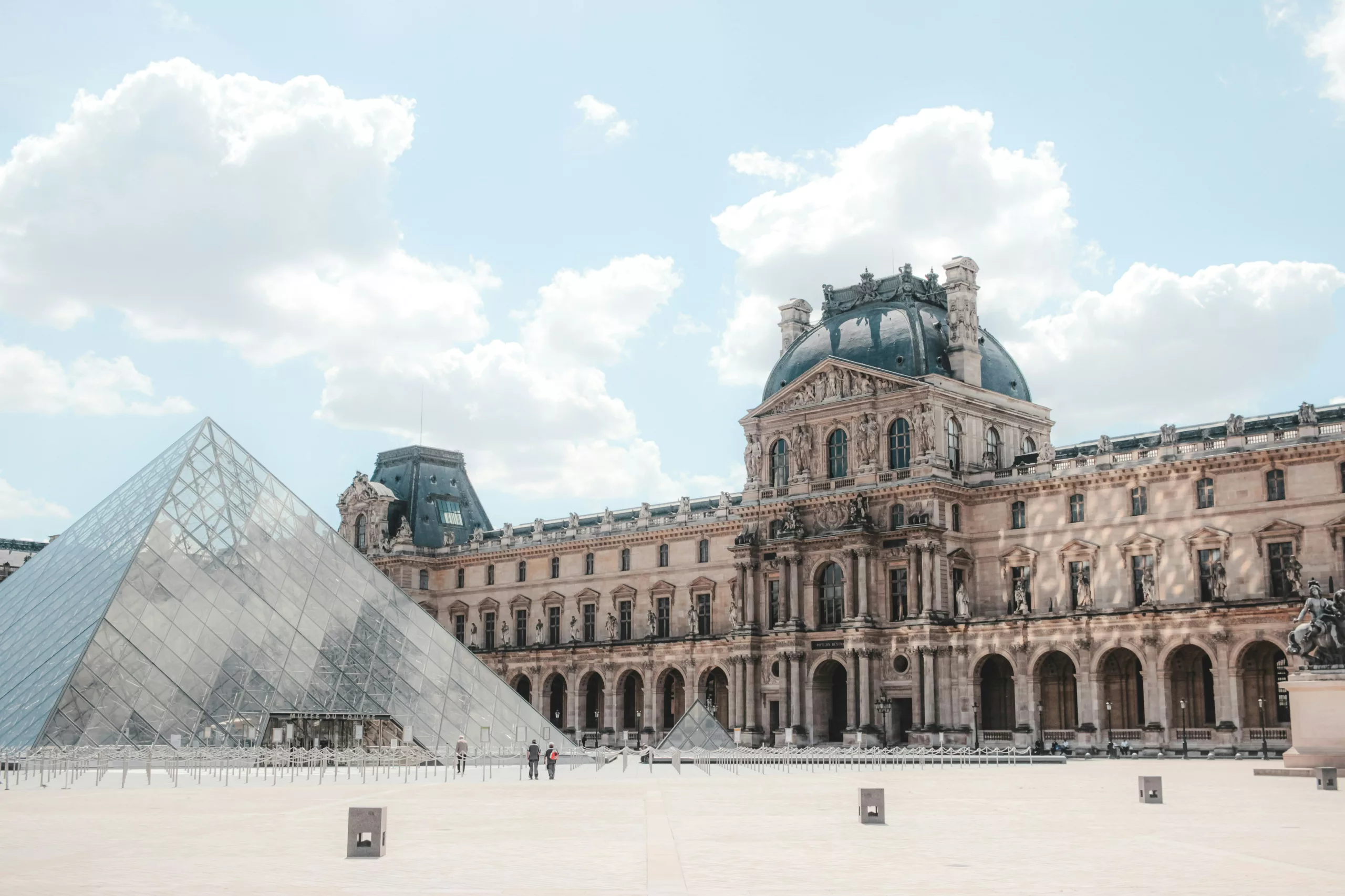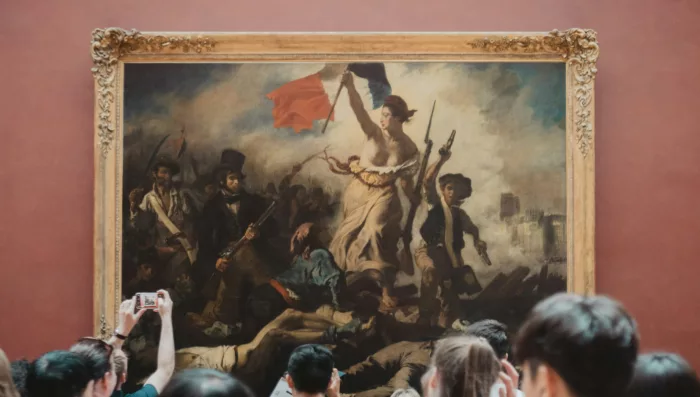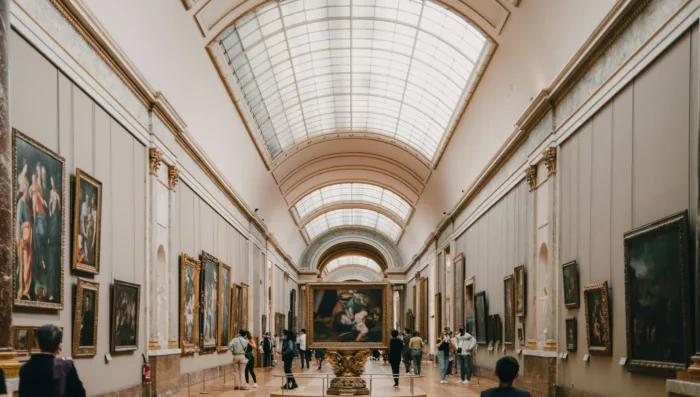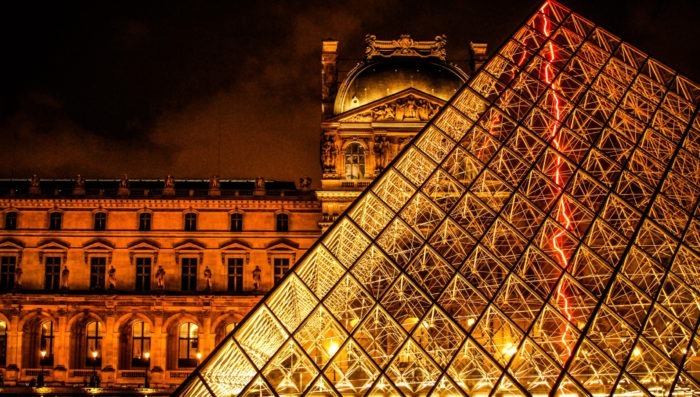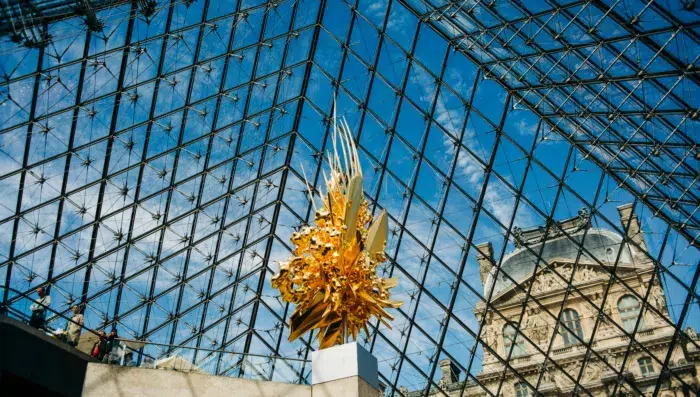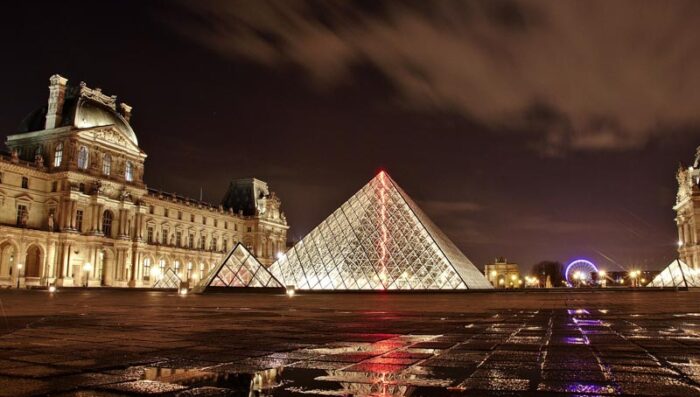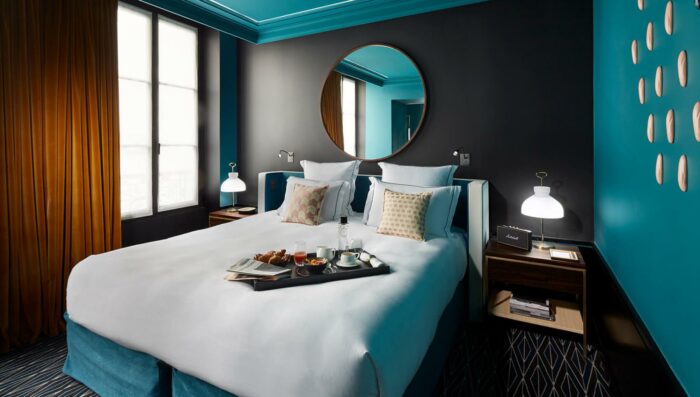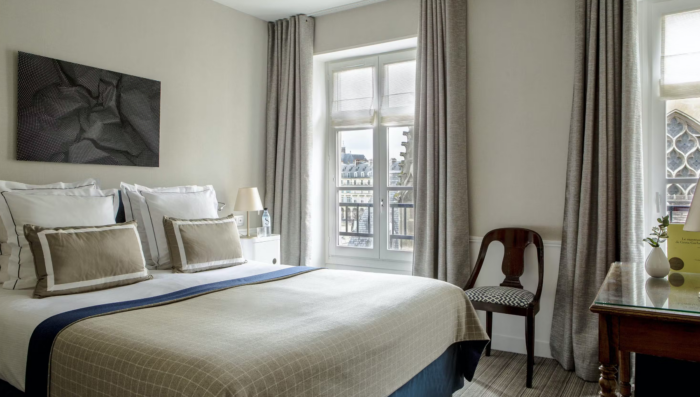From its rich gastronomy to its breathtaking landscapes, it’s no shock that France is one of the most visited countries in the world. Another big draw to France is also its vibrant museum selection. France’s capital is home to the Louvre, which is the most visited museum across the globe, according to Museums.eu. But the rest of France has much to offer in terms of art, culture and history. We certainly do recommend a visit to the Louvre, but beyond this classic, we wanted to share some of the best museums in all of France as well as exclusive experiences that we offer in these places.
Best Museums in France (Other than the Louvre)
Museum Culture in France
France is home to more than 1200 museums, according to the Ministry of Culture. The first French museums were opened in Paris and other big cities near the end of the 1700s. And since then, museums have become a hallmark of French heritage. Whether you’re interested in art or history, oceanography or wine, there’s a museum for you.
You can visit most museums year round, but there are several special days for the museum network each year. Since 2005, la Nuit Européenne des Musées, or the European Night of Museums, often takes place in May. On this Saturday evening, various museums offer free entrance and remain open past typical closing hours. Among the thousands of participating museums across Europe have included the Musée d’Orsay, the Château de Versailles and the Musée des Beaux-Arts de Lyon.
France also participates in the Journées Européennes du Patrimoine, or European Heritage Days. This annual weekend in September often includes free entrance to museums across the country. Many museums across France also offer free entrance on the first Sunday of each month.
With more than one thousand museums, it can be hard to choose. But we’re sharing some of the best museums in France (other than the Louvre, of course!).
Musée d’Orsay in Paris

The Louvre gets ample screen time, as it should. But oftentimes, first-time visitors to Paris overlook other gems such as the Musée d’Orsay. This famed art museum sits on the Seine River and is home to a large collection of Impressionist art. In this museum also located along the Seine, you can see Claude Monet’s water lilies and Edgar Degas’ famed dancer statue.
Château de Chantilly near Paris
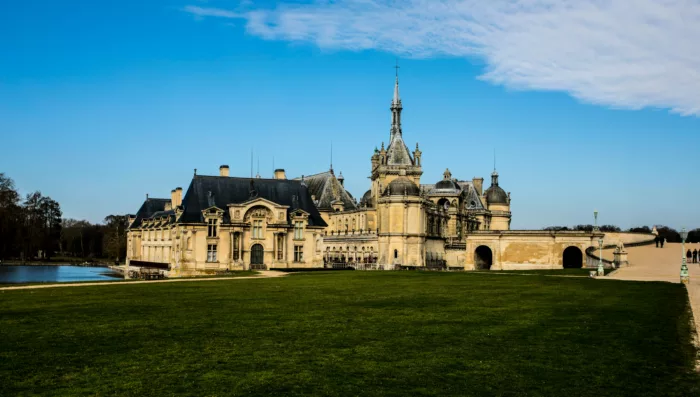
Just a short drive from Paris, the Château de Chantilly dates back to the Middle Ages. Today you can visit the majestic castle with its vast collection of antique paintings, private suites and the reception rooms of the princes of Bourbon-Condé. The Château de Chantilly also has its own stables, built for the prince Louis-Henri de Bourbon in the early 1700s.
Private Visit of the Horse Museum
Delve into the history and culture of horses over the centuries. With a private visit either before or after hours, you’ll discover the history, training and racing culture of horses. French Side Travel may also secure an after-hours private horse show at the Grand Stables.
Private Château Visit
Start your day with a helicopter ride from Paris. Your bird’s eye view will allow you to soak up the beautiful garden views of the Château de Chantilly before even stepping foot on land. Get the entire castle to yourself and a museum curator who will share the castle’s secrets.
Mucem in Marseille

While in Provence, be sure to visit the Mucem, or the Museum of European and Mediterranean Civilizations. From traditional fashion to coffee cultivation, collections vary depending on when you visit the museum. After you’ve brushed up on Mediterranean culture, head across the suspended bridge to enjoy the rooftop gardens overlooking the sea. You can wander Fort St. Jean and even dine at the Mucem’s restaurant Le Môle Passedat with Michelin-starred chef Gerald Passedat.
Cosquer in Marseille

You know Napoleon, you know Marie Antoinette. But what happened in France thousands of years ago, even long before Julius Caesar conquered Gaul in the 50s B.C.? Now underwater, a prehistoric cave was discovered in 1985 in Marseille, and the recently opened Cosquer Museum has created a replica for guests to admire.
Carrières des Lumières in les Baux-de-Provence
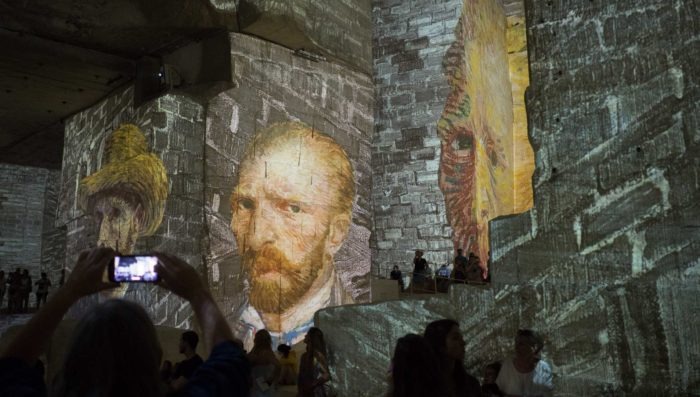
The quaint village of les Baux-de-Provence is home to the Carrières de Lumières art center. Here you can stroll through its “From Vermeer to Van Gogh,” a digital, immersive exhibition celebrating Dutch artists. The art center also proposes exhibitions on Mondrian and Tin Tin.
Hôtel de Caumont in Aix-en-Provence
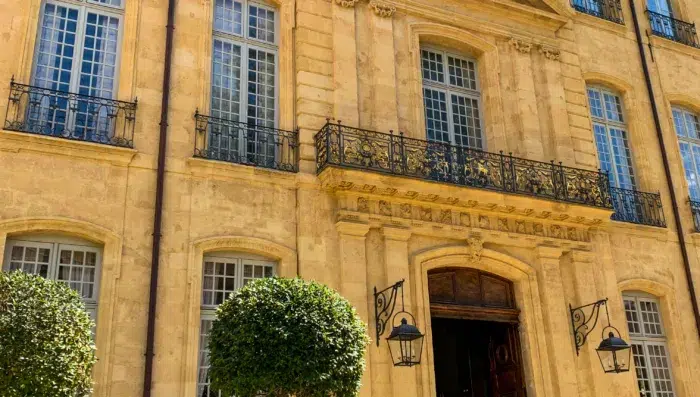
Located in the posh town of Aix-en-Provence, Hôtel de Caumont used to be a private residence but was repurposed into an art center in 2015. You can stroll its regal rooms and wander through its temporary exhibitions. Be sure to enjoy the center’s film on Paul Cézanne, an artist born in Aix. Treat yourself to tea time in its manicured gardens.
Private guided visit to Hôtel de Caumont
Whether you’d like the museum all to yourself before opening or after closing, French Side Travel can make that happen. Meet an art lecturer who will give you the inside scoop on this former private mansion followed by a breakfast or cocktail hour in one of its salons.
Camp des Milles near Aix-en-Provence
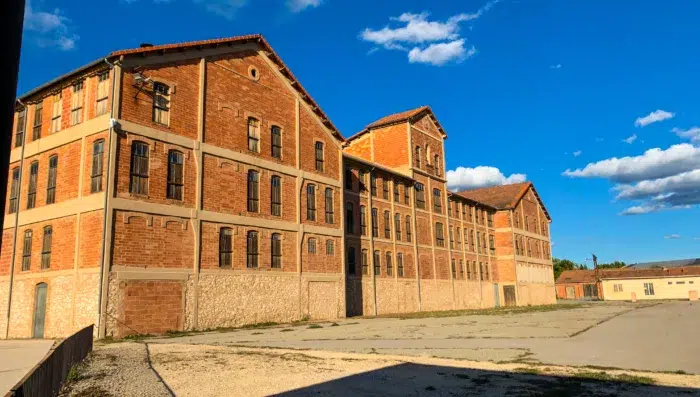
Although less glamorous than other museum subjects, World War II played a major role in French history. Located outside of Aix-en-Provence sits the Camp des Milles, a former World War II internment camp.
During the war, this former tile factory became a holding spot for different groups. Before Nazi occupation in France, the internment camp was for “enemy subjects,” according to the camp’s site. From July 1940 to July 1942, Camp des Milles was used for transit and as a detention center for those deemed “undesirable.” And from August to September 1942, around 10,000 people were interned here — of which 2,000 Jews were deported to Auschwitz from the Camp des Milles.
Today you can visit the Camp des Milles and learn about the history of this internment site as well as the brave people who resisted against the Nazis and who fought to protect those targeted.
Cité du Vin in Bordeaux
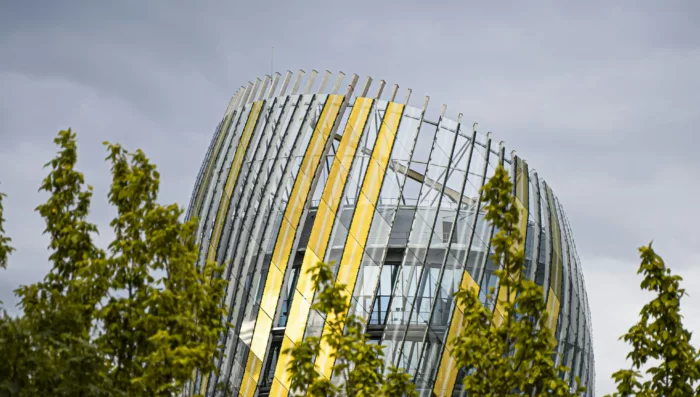
Red, rosé or white, wine can be found on menus across the globe. But long before your glass is poured, this libation has endured various climates, aging processes and beyond. And the Cité du Vin in Bordeaux seeks to address to many facets of wine from grape varieties to geography, climate to packaging. After brushing up on winemaking, you can even finish off your visit to the Cité du Vin with a complimentary glass of wine.
Musée des Beaux-Arts in Bordeaux
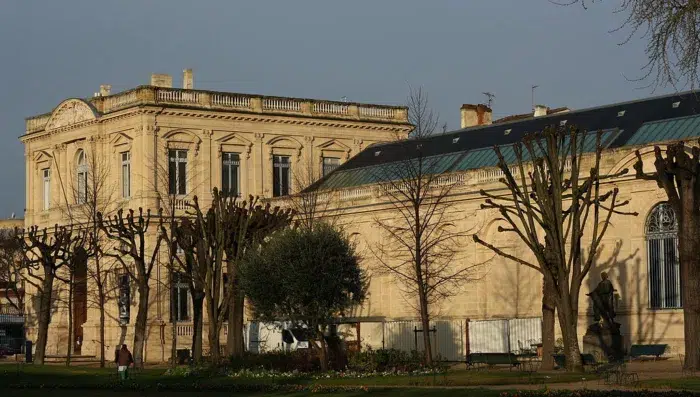
Claiming the title of the city’s oldest public museum, the Musée des Beaux-Arts houses an array of European art with artists such as Rodin, Delacroix and Matisse.
Private guided visit at the Musée des Beaux-Arts
Perhaps you’d like to admire the works of artists such as Rubens and Picasso in exclusivity. With French Side Travel, you can secure a private after-hours visit at this museum to admire these world-renowned pieces with a guide.
Oceanographic Museum in Monaco
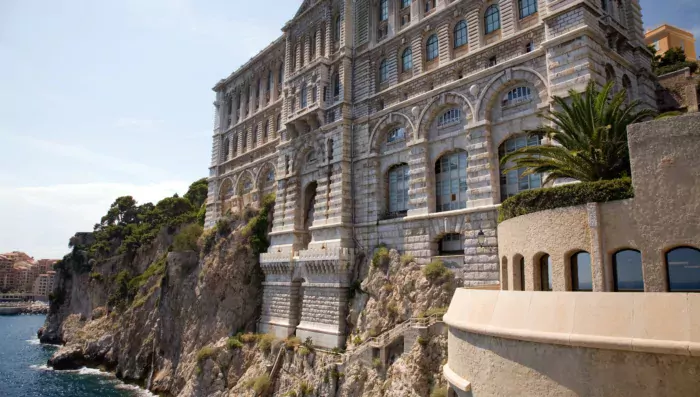
Monaco offers much to be explored on land: palace, gardens, churches. But Monaco also boasts access to the Mediterranean Sea, which has even more to be discovered below water. More than a century ago, Prince Albert I commissioned the creation of the Oceanographic Museum, which celebrates the elaborate underwater ecosystem of the Mediterranean. If you’ve ever wanted to see a zebra shark or a fluorescent coral up close, you’re in luck.
Private tour of the Oceanographic Museum
After the museum closes to the public, you can have private access to the museum, thanks to French Side Travel. Grab your flashlight as you discover the riches of Mediterranean flora and fauna with your guide by night.
Where to Stay in France

Yndō Hotel in Bordeaux
Make the most of your time in Bordeaux with a luxurious stay at this five-star hotel. Yndo Hotel was once a private mansion, and its cush velvet upholstery and chandeliers continue the ambiance. Choose from its 12 rooms, perhaps one of its Crazy Rooms marked by a “touch of eccentricity.” Sip on a cup of tea in its courtyard and nosh on its restaurant’s local dishes only available to hotel guests.

Villa Saint Ange in Aix-en-Provence
Once an 18th century villa, this five-star hotel now welcomes guests in its posh rooms in the heart of Provence. After a day of exploring Aix, spend the evening dining at its tastefully decorated restaurant Âma Terra. Unwind with a spa treatment or massage at Villa Saint Ange’s facilities. Dive into its outdoor pool or simply soak up the Provençal sun from a lounge chair.
Ready to book your trip to visit one of these best museums in France other than the Louvre? We’re here to help. You might enjoy: A Historical and Cultural Escape to Paris or A Journey Through History, Art, and Nature in Charming France. Need some help planning your trip?

